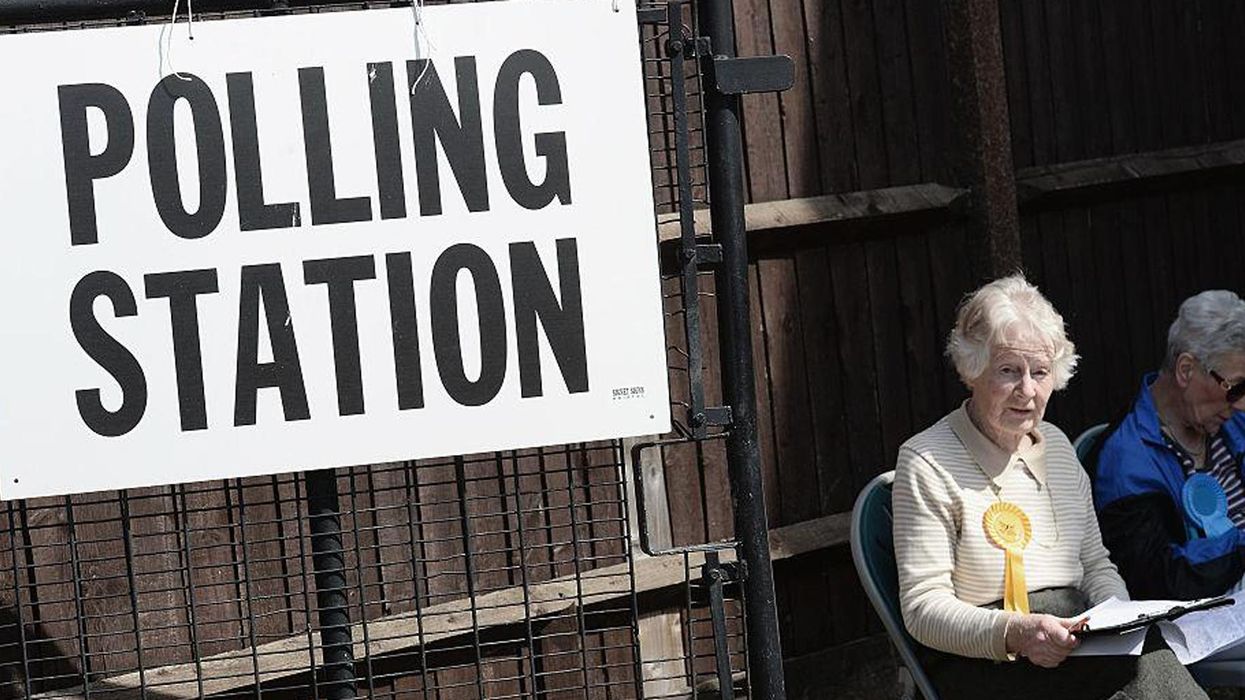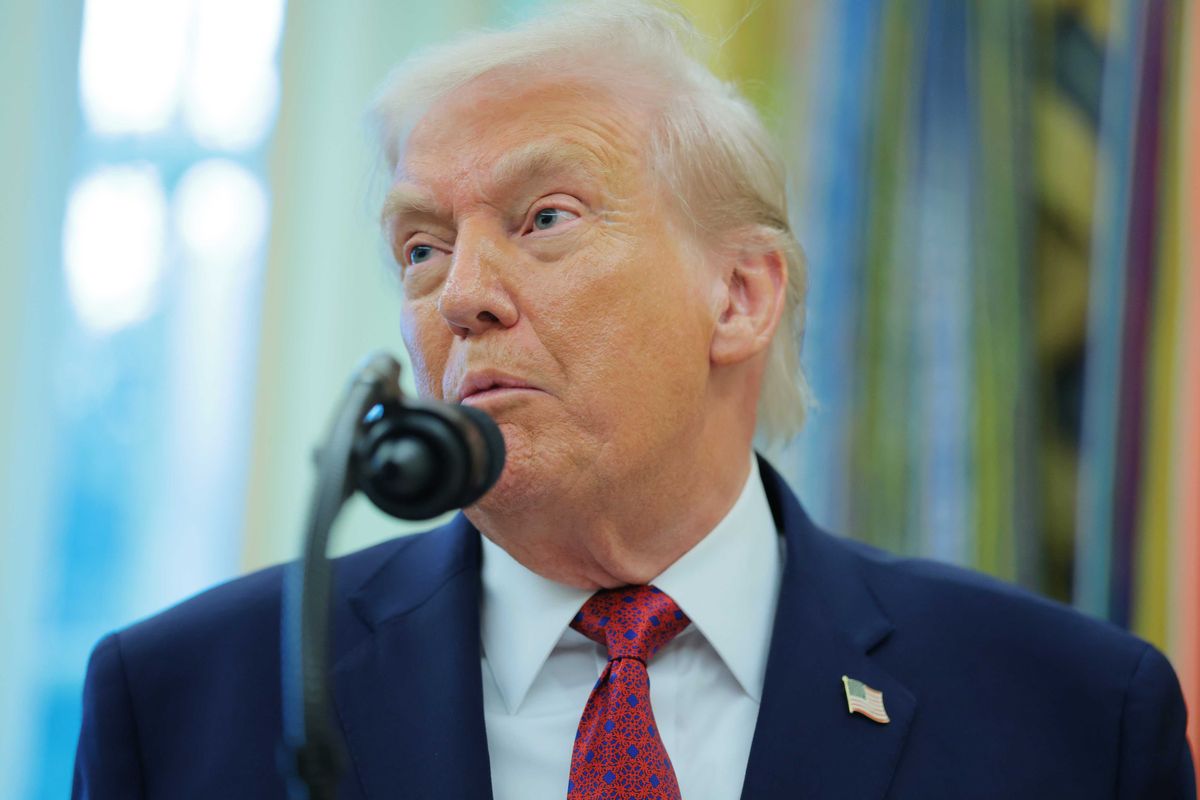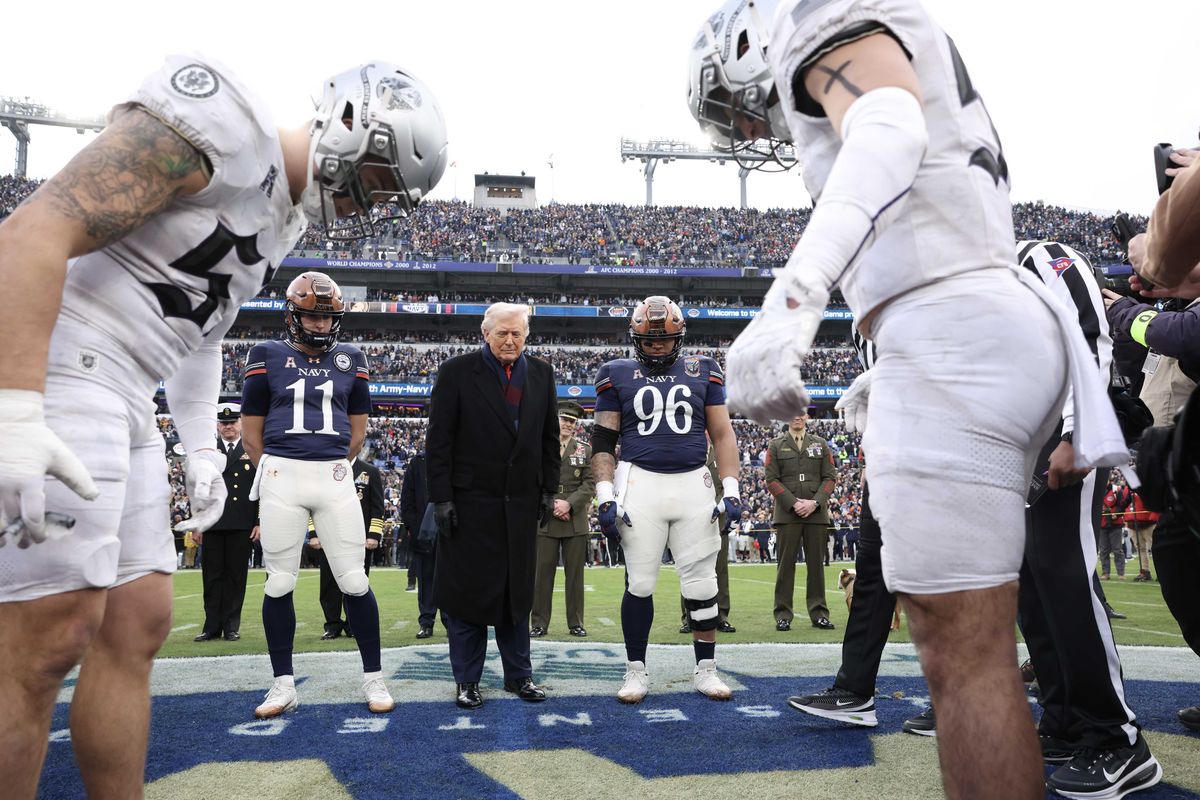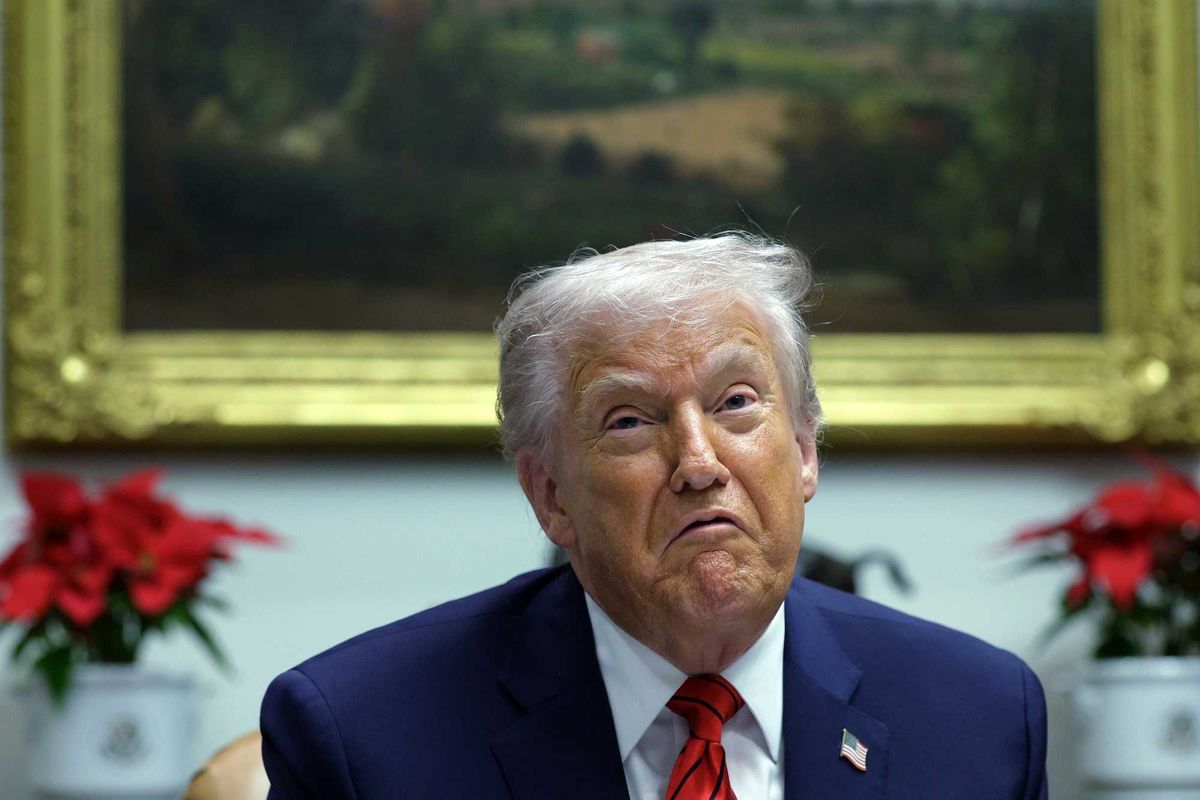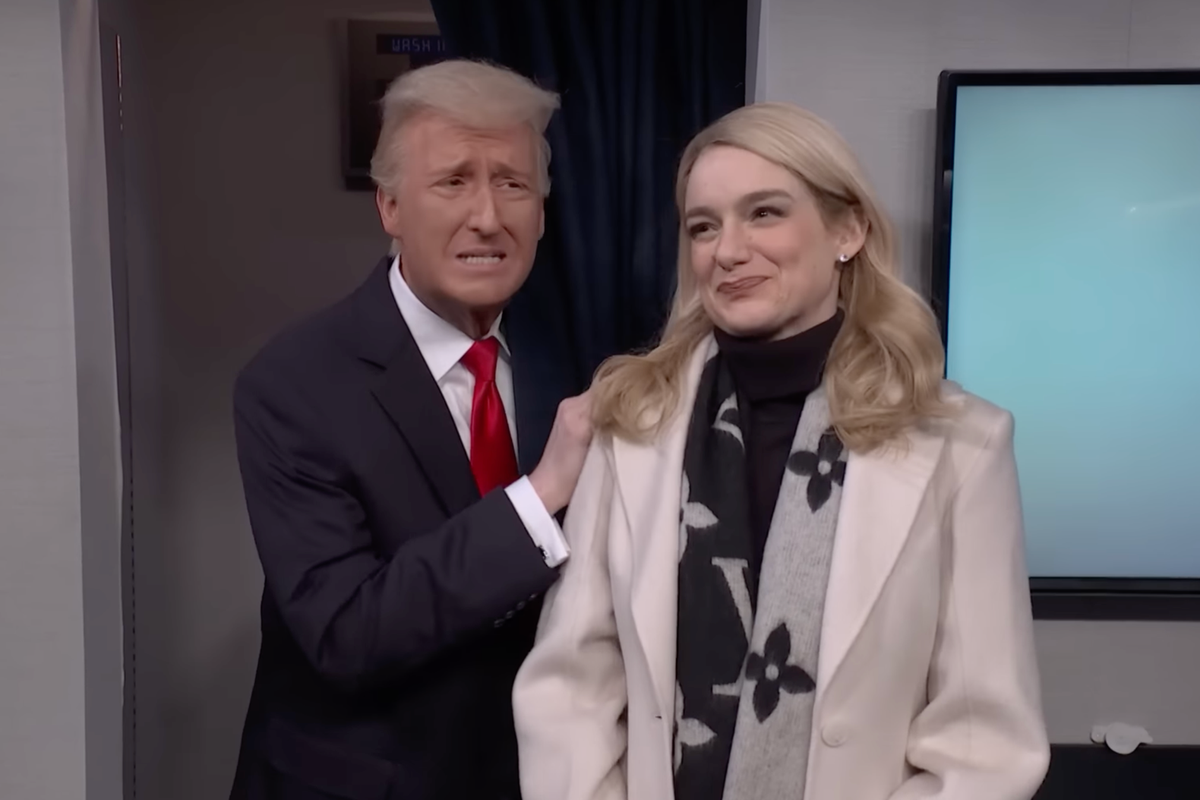News
Joe Vesey-Byrne
Apr 18, 2017
Prime Minister Theresa May hopes to hold a general election on 8 June.
She made the announcement outside Downing Street on Tuesday morning.
Here's everything we know and need to know:
Refresh for updates
Fixed Term Parliament Act
It means May is not calling for an election, she is calling for a vote by the Commons to dissolve parliament.
This power used to be at the discretion of a Prime Minister, who could at will ask the monarch to dissolve parliament.
Alternatively a motion of no confidence could be passed by the Commons, which required a simple majority.
It was this mechanism that brought down the Labour government in 1979.
However, this was changed by the 2011 Fixed-Term Parliaments Act, passed by the Liberal Democrat-Conservative coalition government.
The upshot for the government was that even if the Liberal Democrats resigned the government, it would not immediately trigger a general election.
The act stated that the next general election had to be held on 7 May 2015. It also stipulated that future elections would take place on the first Thursday of May in every fifth year,
Parliament cannot otherwise be dissolved
That is unless the commons votes to dissolve itself by a motion.
This motion could pass without division (meaning so many MPs support it that it does not require a vote), or by a two-thirds majority.
In her speech, May called upon the leaders of the opposition parties to support dissolving parliament.
This is your moment to show you mean it.
Read more about the act here.
Popularity of the Conservatives towers over the rest
The most recent polling for Westminster intentions gives the Conservatives a strong lead.
If these voting intentions were replicated on 8 June, Theresa May's majority in parliament would leap from 4 to 144, according to the swingometer by Election Polling.
Support for Brexit and Remain most recently
In her speech, May cited the opposition of MPs and members of the House of Lords to the government's handling of the UK's withdrawal from the European Union.
In the most recent polling, the public is evenly divided and also unsure of its confidence in the government's negotiating skill.
Support for Remain and Leave is as divided as when May took office
Here is how the country felt about Brexit, and how they'd vote, in early July 2016, a week before May became prime minister.
And here is data from the beginning of April 2017, about how the public felt about the way they voted in the EU Referendum.
State of the parties in Parliament
This is how far each party is from reaching a majority (apart from the Conservatives, who have an actual majority of four and a working majority of 17).
Scotland
Previously, the First Minister of Scotland Nicola Sturgeon asked the Holyrood Parliament to formally request a second Scottish independence referendum.
Scotland voted to remain in the United Kingdom in 2014 by 55.3 per cent.
In the 2016 Scotland voted by 63 per cent to stay in the European Union. This was at odds with the 51.9 per cent of the United Kingdom that voted to leave.
This dichotomy prompted the Sturgeon, leader of the Scottish National Party, to argue to a new referendum on Scottish independent from the UK.
On 28 March, Holyrood voted to give Sturgeon the power to seek a referendum to be held between Autumn 2018 and Spring 2019.
In response, Downing Street said:
At this point, all our focus should be on our negotiations with the European Union, making sure we get the right deal for the whole of the UK
The referendum itself is still in the gift of the Theresa May.
However the timing of 2018/19 may be completely irrelevant now that the election will be held on 8 June.
Responding the announcement of the election, Sturgeon said:
That makes it all the more important that Scotland is protected from a Tory Party which now sees the chance of grabbing control of government for many years to come and moving the UK further to the right - forcing through a hard Brexit and imposing deeper cuts in the process.
She continued, calling May's decision a 'political miscalculation'.
It will once again give people the opportunity to reject the Tories' narrow, divisive agenda, as well as reinforcing the democratic mandate which already exists for giving the people of Scotland a choice on their future.
Labour have welcomed the move
The Labour Party, the second largest in parliament, and the largest opposition party have welcomed the move.
Despite poor ratings for the party, and even worse ones for the leader Jeremy Corbyn, Labour issued this statement on Tuesday morning.
I welcome the Prime Minister’s decision to give the British people the chance to vote for a government that will put the interests of the majority first.
Labour will be offering the country an effective alternative to a government that has failed to rebuild the economy, delivered falling living standards and damaging cuts to our schools and NHS.
In the last couple of weeks, Labour has set out policies that offer a clear and credible choice for the country. We look forward to showing how Labour will stand up for the people of Britain.
- Jeremy Corbyn MP, leader of the Labour Party.
More: All the times Theresa May said there would not be a snap election
Top 100
The Conversation (0)
